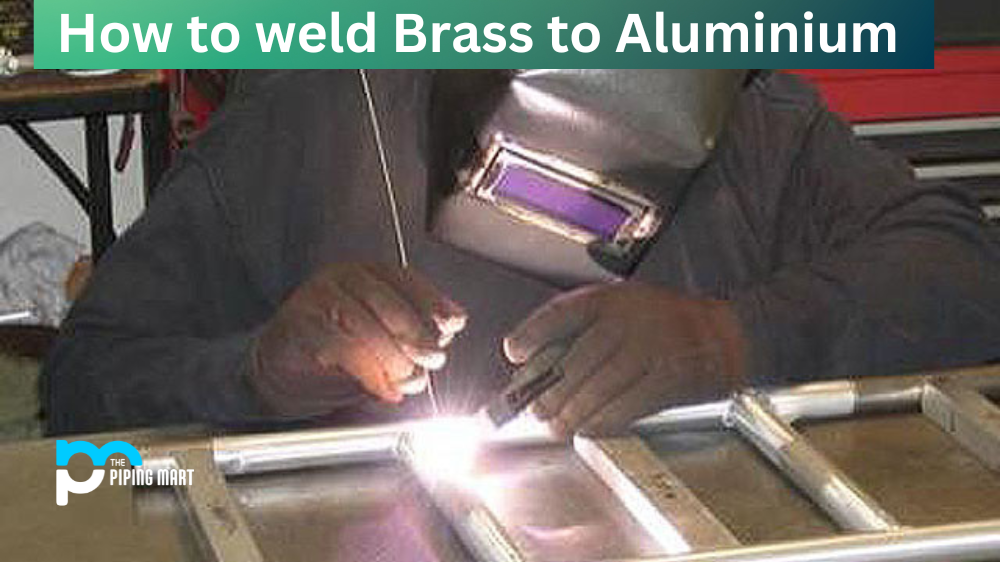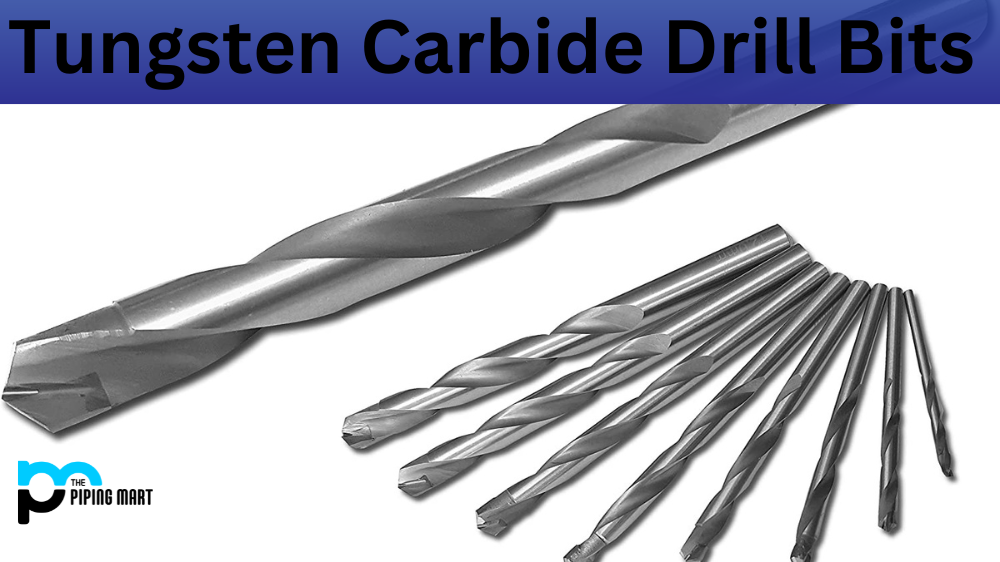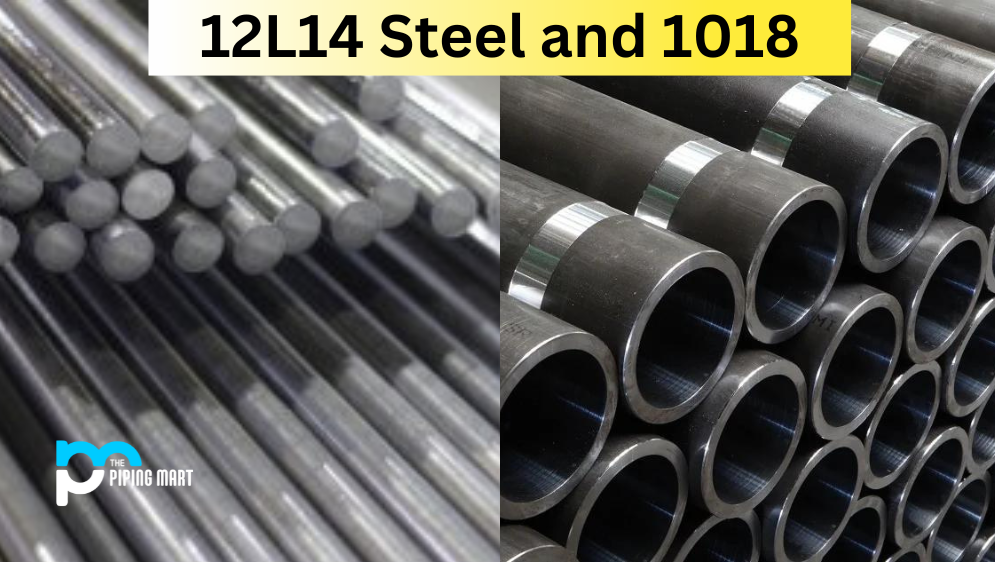In the world of welding, joining two different metals can be a daunting task. Joining brass and aluminium is no exception. The two metals have very different melting points, so it’s important to understand the best techniques for welding them together. This article will provide an overview of how to weld brass to aluminum safely and effectively.
Joint Preparation Process
Before you start welding, it’s important that you properly prepare the joint. Start by cleaning both the aluminum and the brass surfaces thoroughly with a degreaser or wire brush so that there is no dirt or debris left on either surface. Once cleaned, ensure that both surfaces are dry before starting your process. The next step is to remove any oxidation or corrosion from both pieces using a wire brush or sandpaper. This will help ensure that your weld bonding is strong and secure after completion.
Selecting Your Welding Material
Before beginning your weld, select an appropriate filler material based on what type of metal your parts are made out of and what kind of strength you need for your joint. For example, if you are welding brass to aluminium, you should use silicon bronze as your filler material because it has good strength and good corrosion resistance at elevated temperatures; this will help ensure a secure bond between the two metals when completed. You should also choose an appropriate gas mixture for shielding; Argon is usually used when welding brass to aluminium as it provides excellent protection from oxidation during the process.
Welding Techniques
After preparing the joint area properly, it’s time to begin welding! When working with brass and aluminium together, it’s important to remember that they have different melting points—aluminum melts at lower temperatures than brass does—so use a lower heat setting than you would normally use when working with just one metal alone. You should also take care not to overheat either metal while welding in order to avoid warping or other deformities in either piece once finished. Additionally, use short bursts of heat rather than one long continuous arc; this will help minimize distortion in either piece while still providing adequate heat for strong bonding between them. Finally, be sure not to move too quickly while completing your weld; take your time so that each layer cools before moving onto another layer of weld beads.
Conclusion:
Welding brass onto aluminum requires a few special considerations due to their different melting points, but it can be done successfully with proper preparation and technique! Be sure that all surfaces are clean before beginning work; this will help ensure strong bonding between pieces once completed. Additionally, select an appropriate filler material like silicon bronze for optimal strength and corrosion resistance at elevated temperatures; shielding gases like Argon also play an important role in ensuring non-oxidation during the welding process, so be sure to select one accordingly! With these tips in mind, you’ll be able to complete successful brass-to-aluminum welds each time!

Abhishek is a seasoned blogger and industry expert, sharing his insights and knowledge on various topics. With his research, Abhishek offers valuable insights and tips for professionals and enthusiasts. Follow him for expert advice on the latest trends and developments in the metal industry.




